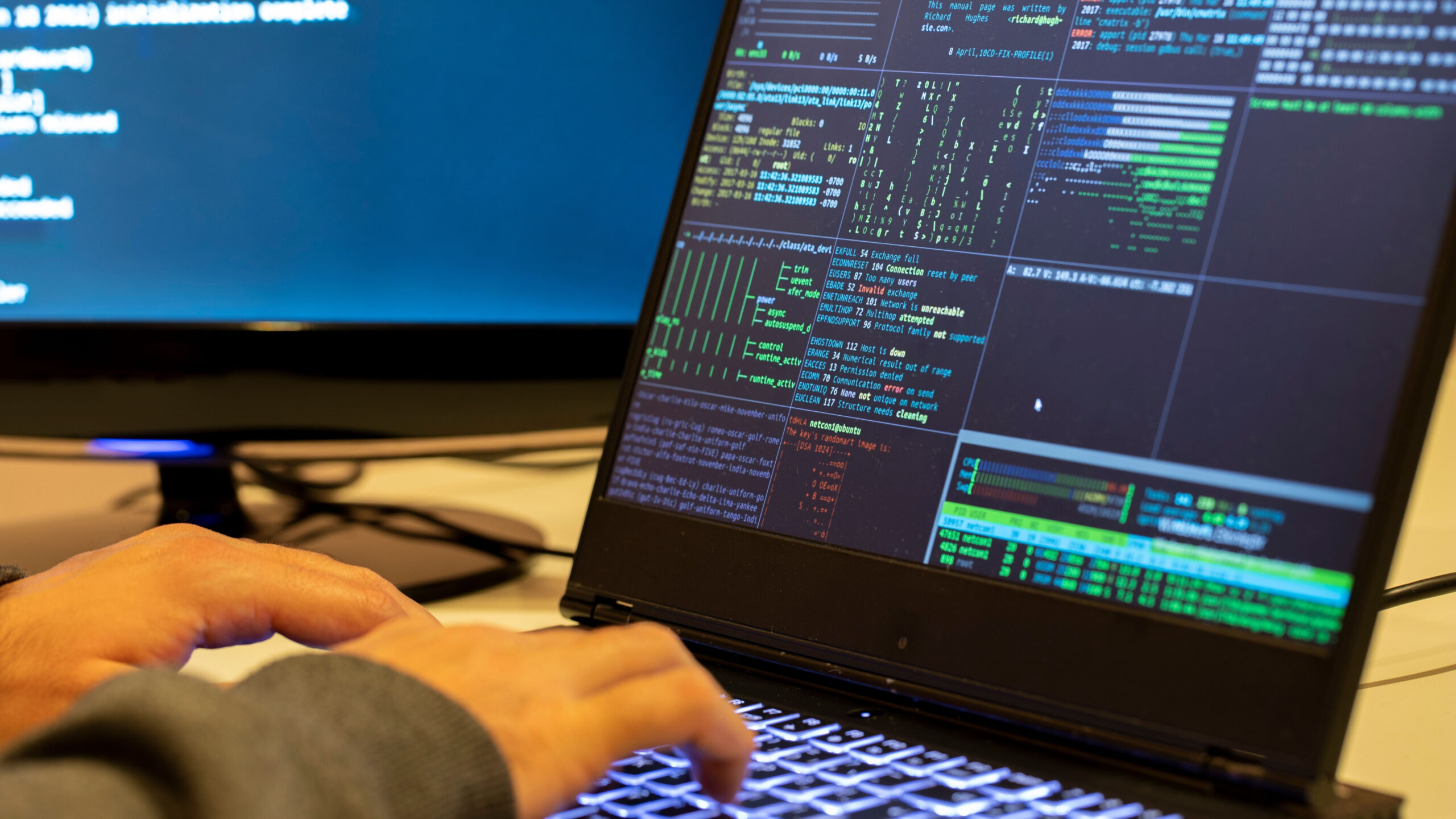Rightsholders Continue to Acknowledge the Importance of Fair Use to Creativity in Andy Warhol Case

In the second round of amicus briefs filed this week with the Supreme Court in Andy Warhol Foundation v. Goldsmith, several associations representing rightsholders submitted briefs in support of the plaintiff/respondent Goldsmith that contained statements stressing the importance of fair use to creative activity. See here for a discussion of the first-round briefs. Likewise, the Solicitor General of the United States submitted an amicus brief that also discussed the central role of fair use in the creative ecosystem.
Association of American Publishers
In its brief, AAP stated that “its members rely on the Copyright Act’s critical balance between meaningful derivative markets, on the one hand, and reasonable contours of fair use, on the other hand.” When properly applied, “fair use ‘permits [and requires] courts to avoid rigid application of the copyright statute when, on occasion, it would stifle the very creativity which that law is designed to foster.’” Campbell v. Acuff-Rose Music, Inc., 510 U.S. 569, 580 (1994).
AAP noted that
Congress understood that our creative ecosystem requires balancing the need to “borrow, and use much which was well known and used before,” Emerson v. Davis, 8 F. Cas. 615, 619 (No. 4, 436) (C.C.D. Mass. 1845) (Story, J.), with the author’s right to “secure a fair return for [her] creative labor.” Twentieth Century Music Corp. v. Aiken, 422 U.S. 151, 156 (1975). Thus, the Copyright Act has mechanisms, including the affirmative defense of fair use, that allow for the unlicensed use of pre-existing material in limited circumstances to ensure that commentary and scholarship are not unduly stifled.
AAP repeated that “Congress has recognized that there are limited circumstances in which the progress of art may be stifled by an inability to use another author’s source material without a license. In those instances, the unauthorized use of the copyrighted work is deemed fair and non-infringing.”
AAP acknowledged that “publishers regularly rely on fair use” for uses such as “displaying copyrighted images for documentary purposes in historical works,” “quoting from copyrighted works for critical biographies,” and “creating critical retellings of fictional works.” AAP asserted that “the ‘common thread’ uniting these examples, and thus defining fair use, is a necessary and deliberate relation back to, and dependence on, the pre-existing copyrightable work.”
Recording Industry Association of America
RIAA, which filed a brief jointly with the National Association of Music Publishers, recognized that “granting exclusive ownership in a certain expression to one person may restrict the rights of another (including free speech rights).” Accordingly, “an appropriately applied doctrine of fair use provides ‘breathing space’ to help copyright law avoid running afoul of the First Amendment.” Additionally, these amici stated that “the fair use doctrine is an important exception to the protections afforded copyright owners….”
American Society of Media Photographers
ASMP, in a brief joined by other associations representing photographers, declared that “the underlying policy principles of fair use are coextensive with those behind the First Amendment; they promote free and open discourse.” ASMP explained that the reason Congress enacted 17 U.S.C. § 107 was “to provide a ‘guarantee of breathing space within the confines of copyright.’ Campbell, 510 U.S. at 579.” ASMP observed that “this is similar to the principles behind the core protection of the ‘breathing space that [free expression] need[s] . . . to survive’ that serves as the foundation of much of First Amendment jurisprudence. See N.Y. Times Co. v. Sullivan, 376 U.S. 254, 272, 84 S.Ct. 710, 721 (1964).”
Solicitor General
The SG observed that “copyright law encourages the creation and dissemination of expressive works by granting copyright holders exclusive rights to the fruits of their creative endeavors, while preserving breathing room for secondary uses. The fair-use doctrine is an important element of this statutory balance.” The SG explained that “the Copyright Act ‘strik[es] a balance between two subsidiary aims: encouraging and rewarding authors’ creations while also enabling others to build on that work.’ Kirtsaeng v. John Wiley & Sons, Inc., 579 U.S. 197, 204 (2016).”
The SG stated that “in some circumstances, permitting secondary users greater latitude to copy a protected work will facilitate further expression.” Creative endeavors, therefore, could be deterred “by a regime that categorically precluded all unauthorized uses of copyrighted expression.” To prevent this result, Congress enacted the fair use provision, “which ‘permits courts to avoid rigid application of the copyright statute when, on occasion, it would stifle the very creativity which that law is designed to foster.’ Google LLC v. Oracle Am., Inc., 141 S. Ct. 1183, 1196 (2021) (citation omitted).” The SG added that “fair-use principles provide an important safety valve in various circumstances, including when a categorical ban on copying would unduly impede further creativity.”
The oral argument is set for October 12, 2022. A decision could be issued as soon as early 2023.








